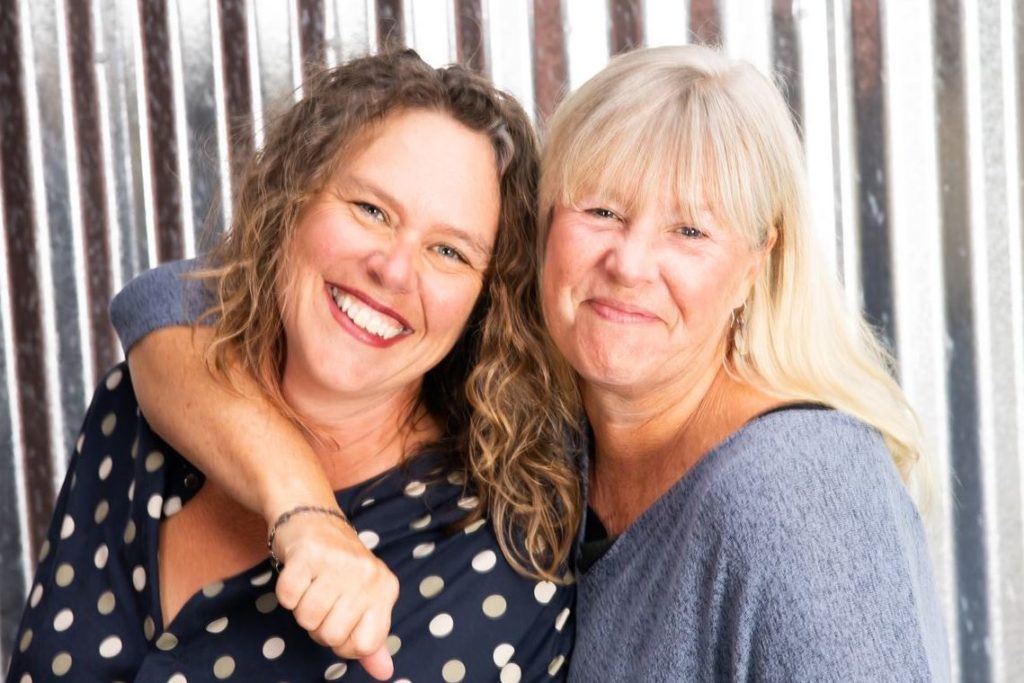Humans make thousands of decisions every single day…what to eat for breakfast; when to call mom; whether to wear pants during that zoom meeting. Some people are shockingly quick to make even the most complex decisions while others are virtually paralyzed by choice. Insane curiosity led Crina and Kirsten to learn about how decisions are made, how to make better decisions and how to help others get off the decision-making hamster wheel.
SHOW NOTES
In this episode of Crina and Kirsten Get to Work, our gorgeous gals – even though ya’ can’t see ‘em – talk about the thing that makes or breaks our lives in big and small ways – DECISIONS. And because this topic is so important, Crina and Kirsten went to the best source for information – our listeners!!
A listener focus group provided great input and fodder for thought on decisions – how they make them, what they are comfortable with, what decisions are hard, what decisions are easy and how do they handle consequences – from choosing between three suitors to the motto better done than perfect – these listeners were a rich source of information.
Crina and Kirsten chose the topic because they each see some of their clients struggle mightily with making decisions.
The first part of the show is about the science of decision making. Science has only recently begun to discover how we make decisions. A lot of the research is aimed at understanding what parts of the brain are involved in making decisions so they can understand why some people make consistently bad ones…adicts, for example; people with poor impulse control.
First, unconscious bias, or those powerful hidden, unconscious processes at work when we make decisions have been the subject of two Nobel Prize winners, which means it is pretty important. If we do not bring these biases to the surface, we risk making decisions that we are not fully conscious of. See This is how our brains make decisions by Adam Piore
Second, another fancy scientist, Daniel Kahneman, who won the Nobel Prize in 2002 in Economics for his widely referenced work in the area of human judgment determined there are two systems of decision making that compete with each other and sometimes overlap, acting as checks on each other.
System 1: nearly instantaneous impressions of people and situations;
For example, “that person looks suspicious.” This system of thinking also drives some racism.
- Offers preferences based on patterns that we are unaware of i.e. unconscious bias
- Tends to be fast, non-conscious and emotionally charged
- Useful for high-pressure, high stress situations
- Can be harnessed and trained to speed up reaction times and save mental energy
- These decisions are made using systemic, unconscious bias that constantly distort our judgement
System 2: rational analysis and ability to handle complexity
For example, “after doing a reference check and a background check, that person
seems safe.”
- Analytical, deliberate and “rational”
- Slow, controlled, rule-governed
- Allows you to consider consequences before deciding
- Slower and can breakdown under stress causing you to “choke”
Some people wrongly assume that system 1 is bad and system 2 is good, but that’s not necessarily the case. They are just different – and we go back and forth and sometimes use both systems to make a decision.
Third – who would have known (well, we do, frankly) that emotions are critical for decisions and people who have lost the ability to process emotions turn out to be horrible decision makers – so do not let anyone tell you that emotions have no place in decisions – in fact science tells us it is the opposite. Decisions and Desire
Fourth, our hosts consider the impact of too many choices, too few choices and how abundance thinking affects decisions. Abundance mindset: why it’s important and 8 ways to create it – Recent news science and psychology news about happiness – happiness.com
And here is what we learned from listeners about real life decisions outside of the science lab.
The more you know about yourself the better your decisions will be:
- Consider developing a set of rules, principles and believes to guide your life and you decision
- Make sure you feel comfortable in your mind, heart and body
- How do you deal with fear, anxiety and risk aversion
- If you are impulse driven – look before you jump
- If you are analysis paralysis – just jump for crying out loud
- What you believe about the world drives your decisions:
- Abundance mindset tends to produce better and more satisfying results than the scarcity mindset
- Permanence vs impermanence – are you comfortable with the truth that we live with impermanence
- What you can (cannot) control
- Do your life decisions begin to narrow as you age, or does your mind? I.e. why can’t you be a volunteer firefighter at 70
- Be wary of self-limiting beliefs
- Be comfortable with experimentation and trial and error – you can almost always make a different decision
There are some processes for making decisions that can help:
- Relax into your decision – calm down and breath
- Ignore criticism
- Yes, make that list, but do not get stuck in analysis paralysis
- Limit your options: more options doesn’t make it easier
- As one listener said, “done is better than perfect.”
There are lots of opportunities to make decisions – and honing your ability to do so is a fundamental part of finding ease, meaning and job in your workplace and in your life.

